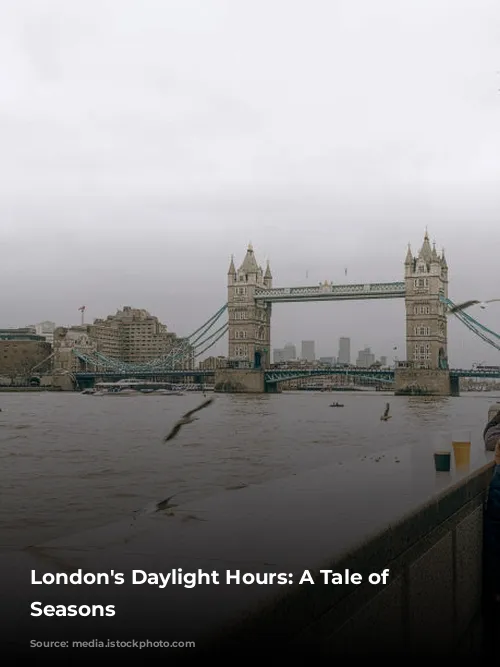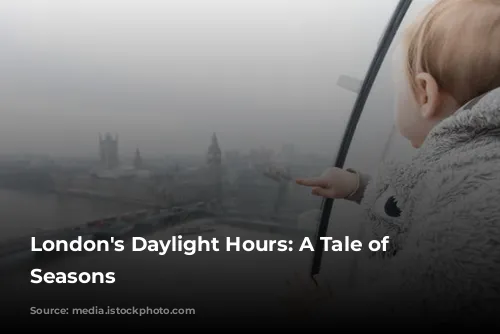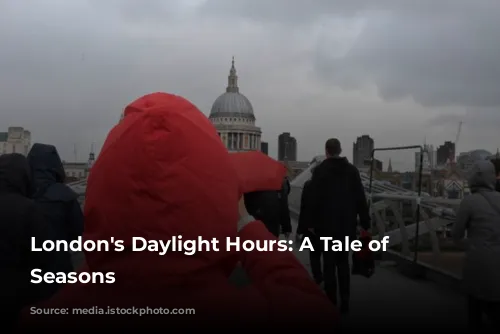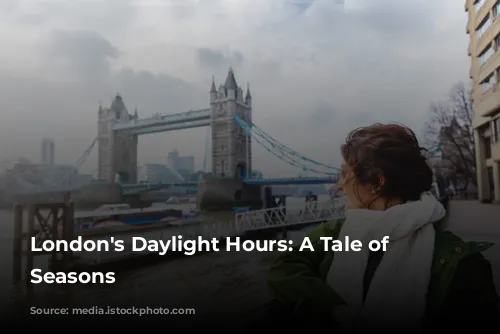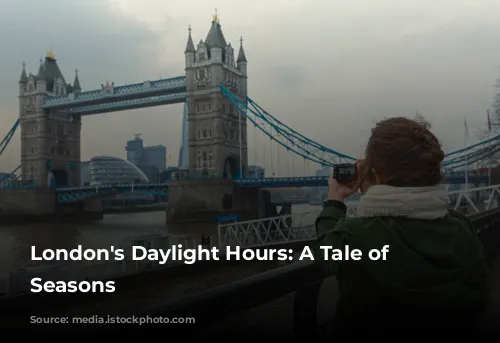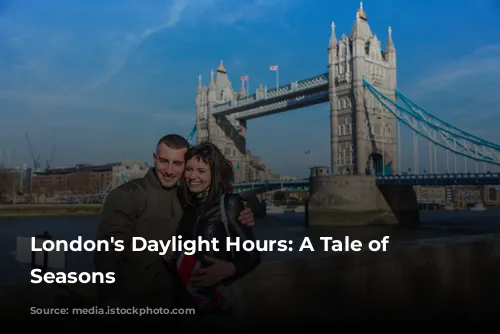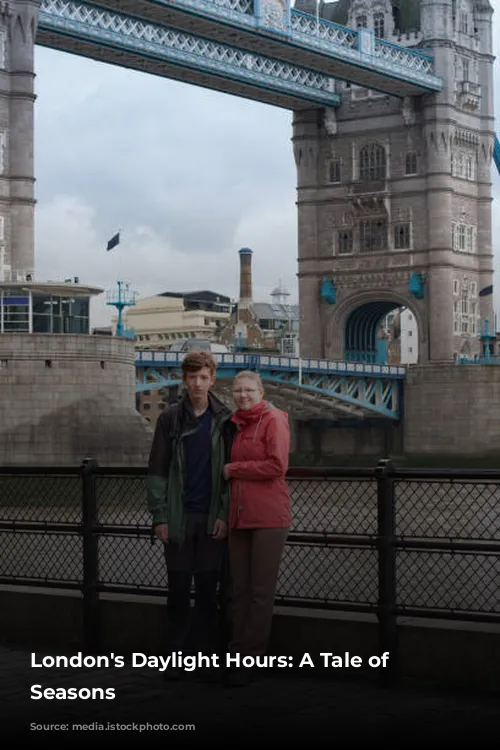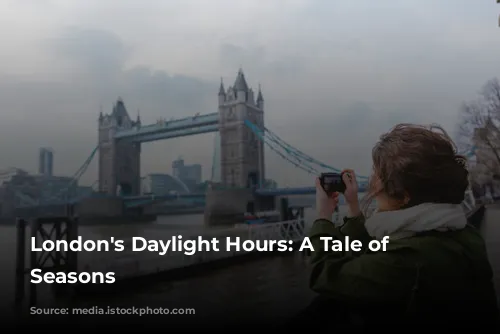London’s location, perched at a latitude of 51°30’ North, heavily influences its daylight patterns, creating distinct experiences in both summer and winter.
As the clocks shift back at the end of October, winter’s arrival is marked by noticeably shorter days. The sun rises around 8 am and sets before 4 pm, leaving Londoners navigating through the city’s streets in the gloomy embrace of darkness during their morning and evening commutes. This lack of daylight can be particularly challenging for those accustomed to the abundant sunshine of places like California.
However, the flip side of London’s geographic positioning brings long, bright days during summer. With the sun rising as early as 4 am, Londoners might find themselves awakened by the chirping of birds before the crack of dawn, and even struggle to get children to bed when it’s still light out at 9:20 pm. Despite the enchanting allure of these long, sun-drenched days, it’s important to remember the need for adequate sleep. Blackout curtains are a popular solution, offering a refuge from the early morning sun and providing added thermal insulation during winter months.
A Temperate Climate: A Gift From the Gulf Stream
Despite its northerly location, London boasts a surprisingly temperate climate. The Gulf Stream, a warm current originating in the Caribbean, plays a significant role in creating London’s relatively mild weather. This ocean current carries warm water towards Western Europe, making London warmer than it would be considering its latitude.
As a result, extreme temperatures are rare in London. Winters are generally mild, with average daytime temperatures around 8°C (46°F). Summer temperatures typically hover around 22°C (73°F), although some days might reach above 25°C (77°F) or even 30°C (86°F). While London does experience colder days during winter, most homes are equipped with heating systems to ensure comfortable indoor temperatures.

Rainy Days and London’s Snowfall
One of the most distinctive aspects of London’s weather is its rain. Rain falls frequently throughout the year, though the annual rainfall is moderate at 23 inches (58 centimeters). This consistent drizzle is often a welcome sight but might require the occasional use of an umbrella or waterproof jacket. While London experiences occasional thunderstorms, the rain is typically light.
Snow, however, is a rare occurrence in London, much to the disappointment of children. This is largely due to the city’s heat generated by buildings and vehicles, which usually prevents temperatures from dropping low enough for snow to settle. London is generally warmer than the surrounding countryside, making it a less likely candidate for snowfall.
When snow does fall in London, it can cause widespread disruption and chaos. The city’s transportation system, including the Underground (Tube) and train services, can be significantly impacted by snow and ice. The Tube, while primarily underground in central London, becomes more susceptible to snow and ice as lines extend outwards. Freezing conditions can lead to train cancellations and delays, making travel treacherous for commuters.

The Challenges of Driving in Snow
Snow’s impact on London’s road networks is arguably the most severe. Even a small amount of snow can create significant traffic congestion, as Londoners are generally unprepared for driving in such conditions. This lack of experience leads to misjudgments and accidents, exacerbating traffic gridlock.
In the event of snow, it’s crucial to anticipate the challenges it presents. Londoners need to be mindful of potential travel disruptions and be prepared to navigate delays and closures.
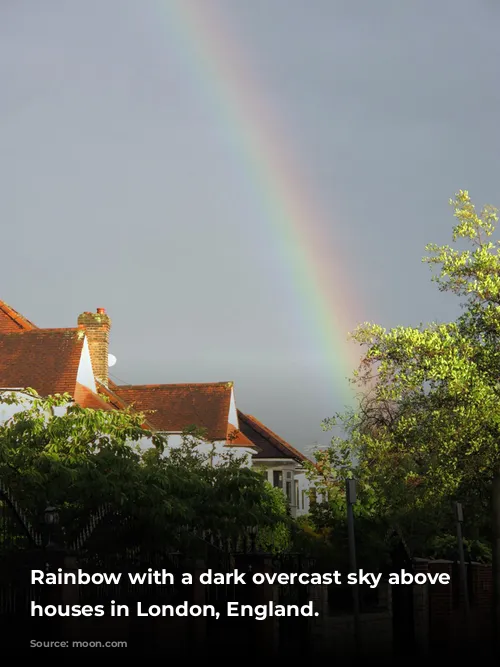
London’s Weather: A Balancing Act
While London’s climate is generally temperate, it’s not without its challenges. Its unique geographic position contributes to distinct seasons, with long summer days and short winter ones. London’s rainfall is consistent, though not excessive, and snow, while uncommon, can cause significant disruption.
Londoners are adapting to the changing climate, understanding the impact of both warmer summers and colder winters, preparing for these unpredictable elements. This includes learning to navigate the occasional snow-filled days, accepting the frequent drizzle, and embracing the long sunny days that characterize London’s summer.

